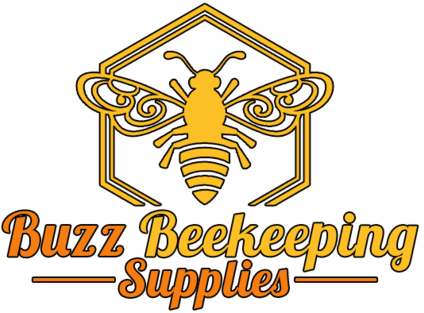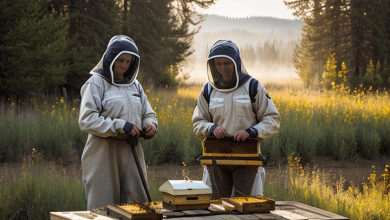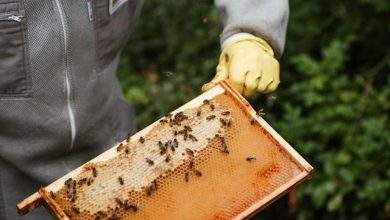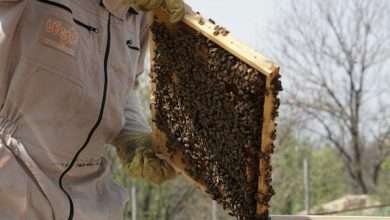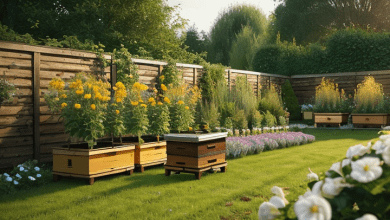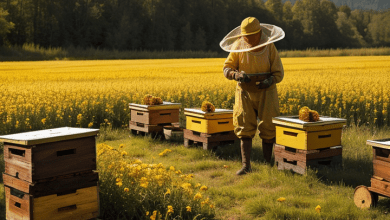Beekeeping Supplies Oregon
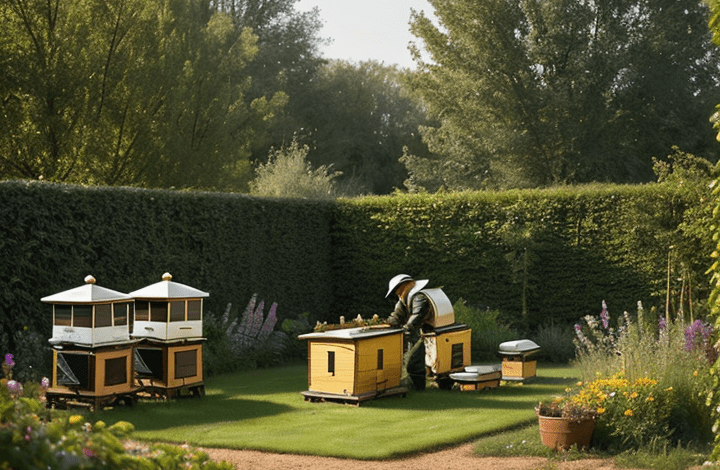
No matter where you are looking for beekeeping supplies in Oregon, we’ve got you covered.
Beekeeping in Oregon
Beekeeping, also known as apiculture, has a rich history in the state of Oregon. With its diverse climate, abundant floral resources, and supportive beekeeping community, Oregon has long been a hub for beekeepers and honey production.
Oregon’s Unique Beekeeping Industry
- Varied Floral Resources: Oregon’s diverse ecosystems, ranging from coastal rainforests to high desert regions, provide a wide array of floral resources throughout the year. This diverse forage supports robust honey production and the development of unique honey varietals, including blackberry, wildflower, and fireweed honey.
- Thriving Pollination Services: In addition to honey production, Oregon’s beekeepers play a crucial role in providing pollination services for the state’s agriculture sector. Bees are essential for pollinating a wide range of crops, including berries, nuts, fruits, and vegetables, contributing to the state’s abundant food production.
- A Supportive Community: Oregon boasts a vibrant and supportive beekeeping community. Beekeepers actively collaborate, sharing best practices, research findings, and information on hive management. Local beekeeping associations and annual beekeeping conferences provide avenues for sharing knowledge and building camaraderie among bee enthusiasts.
Importance of Proper Beekeeping Supplies
Whether you are a beginner or a seasoned beekeeper, understanding the importance of using proper beekeeping supplies is crucial for the health and success of your honeybee colonies.
Why Proper Beekeeping Supplies Matter:
Colony Well-being and Productivity:
- Adequate Hive Structure: A proper beehive provides a safe and comfortable environment for honeybees to thrive. It should be well-insulated, stable, and designed to facilitate natural bee behavior.
- Quality Frames and Foundation: Frames and their foundations play a crucial role in supporting the brood chambers and honey storage. Using sturdy frames with well-constructed foundations ensures stability and prevents comb collapse.
- Essential Protective Gear: Protective gear such as bee suits, gloves, veils, and smokers safeguard beekeepers from potential stings and allow for safe inspection and manipulation of hives.
Disease Prevention and Pest Management:
- Hive Hygiene: Cleanliness is vital for the overall health of your honeybees. High-quality beekeeping supplies, like hive tools and brushes, facilitate routine hive maintenance, including removing debris, regulating temperature, and preventing the buildup of pests and diseases.
- Varroa Mite Control: Varroa destructor is a notorious parasite that can rapidly weaken honeybee colonies. By incorporating appropriate varroa mite treatments and monitoring tools, such as sticky boards, you can effectively manage these harmful pests.
- Integrated Pest Management: Employing IPM techniques involving biodegradable treatments, pest traps, and screened bottom boards can help reduce the reliance on chemical pesticides and foster the development of healthy and sustainable colonies.
Honey Extraction and Processing:
- Proper Beehive Tools: Specialized tools like bee brushes, bee escapes, and bee blowers are indispensable during honey extraction, ensuring minimal harm to both the honeybees and the comb structures.
- Efficient Honey Bottling and Filtering: Using food-grade processing equipment, such as properly sized buckets, strainers, and jars, helps maintain the purity and quality of your harvested honey.
Swarm Prevention and Queen Rearing
- Swarm Control Measures: Adequate beekeeping supplies aid in preventing swarming by providing enough space within the hive and managing hive congestion. This reduces the chances of losing a portion of your colony and allows you to control genetic diversity.
- Queen Rearing Equipment: For those interested in increasing their honeybee population or improving specific traits, having access to tools and supplies specially designed to rear and manage queen bees is essential. These include queen rearing kits, queen cages, and grafting tools.
Beekeeping Supplies:
Beekeeping Woodenware
The most popular bee hive in the US is the 10-frame Langstroth hive, originally patented in 1852. This hive, for over 170 years, has been the industry standard.
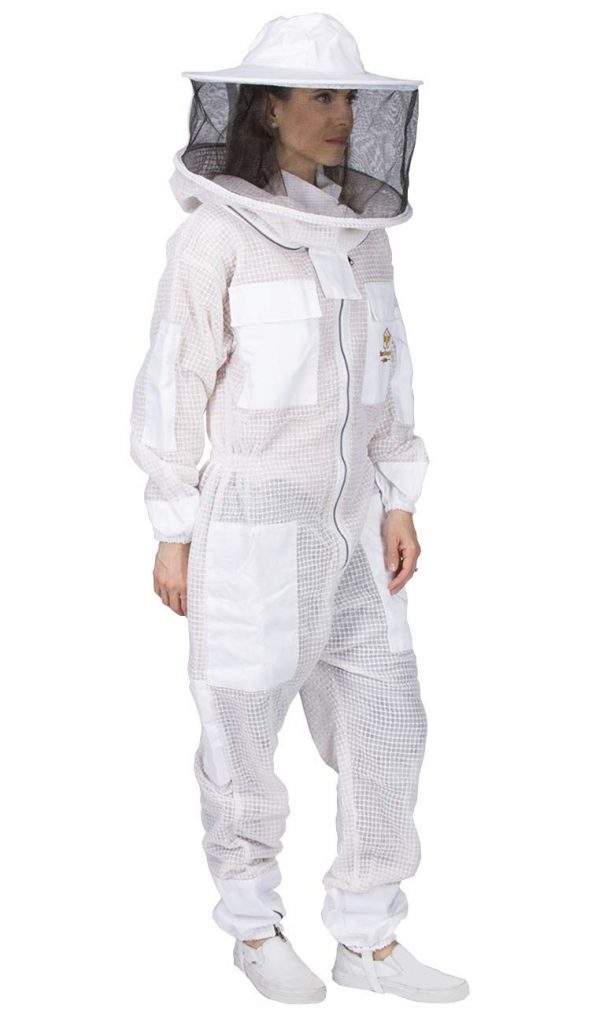
The hive components include:
- Hive body
- Bottom board
- Honey super
- Frames
- Inner cover
- Hive cover
Beekeeper Protective Clothing
Beekeeping can be dangerous without the proper gear, so make sure that you invest in a good bee suit, gloves, and a veil to protect yourself from bee stings. The clothing should be white or light grey in color and worn over regular clothing to protect the skin.
The most common protective gear for beekeepers include:
Beekeeping Suits
Both canvas beekeeping suits and ventilated bee suits are available.
Beekeeping Jackets
Canvas bee jackets and ventilated bee jackets are available.
Beekeeping Gloves
Goatskin bee gloves and cowhide bee gloves are available.
Many times, you can purchase a combo pack of a bee suit and bee gloves at a discount.
Please note: Your beekeeping suit or beekeeping jacket should come with a veil included.
Beekeeping Equipment and Tools
Here is a list of some common beekeeping tools:
- Hive tool
- Hive smoker
- Queen marker
- Bee Brush
- Hive feeder
- Entrance reducer
State Association
The Oregon State Beekeepers Association (OSBA) was founded in 1921.
Where to Buy Bees in Oregon?
One of the best places to purchase queen bees, packaged bees and nucleus hives (nucs) is your local bee club.
Here is a list of local bee clubs in Oregon:
- Central Coast Beekeepers Association
- Central Oregon Beekeepers Association
- Columbia County Oregon Beekeepers Association
- Columbia Gorge Beekeepers Association
- Coos Beekeepers
- Klamath Basin Beekeepers Association
- Lane County Beekeepers Association
- Linn Bento Beekeepers Association
- Oregon Prison Beekeepers
- Oregon South Coast Beekeepers Association
- Portland Metro Beekeepers Association
- Portland Urban Beekeepers Association
- Southern Oregon Beekeepers Association
- Tillamook Beekeepers Association
- Tualatin Valley Beekeepers Association
- Umpqua Valley Beekeepers Association
- Wallowa County Beekeepers Association
- Willamette Valley Beekeepers Association
Joining a local beekeeping club is an incredible opportunity to connect with like-minded individuals, learn from experienced beekeepers, and contribute to the preservation of our environment.
Beekeeping in Oregon
The Oregon Department of Agriculture (ODA) regulates the apiary industry.
Oregon Beekeeping Laws
Every person who owns, or is in charge of, five or more colonies of bees located within the state or Oregon, must register their hives with the Oregon Department of Agriculture. If you currently own less than five hives you are not required to register your bees at this time.
Conclusion
Aspiring and experienced beekeepers in Oregon are fortunate to have access to a diverse range of quality beekeeping supplies. From honey extractors and protective clothing to hive components and feeding equipment, these supplies play a fundamental role in successful beekeeping practices.
By investing in the right tools and equipment, beekeepers can ensure the well-being and productivity of their beloved colonies in this flourishing beekeeping community in Oregon.
FAQs for Bee Supplies in Oregon:

What are the essential tools required for beekeeping?
- The basic beekeeping supplies include a bee suit, gloves, smoker, hive tool, bee brush, and a hive kit. These tools provide the necessary protection, equipment, and means to manage a beehive effectively.
What is the best time of year to start beekeeping in Oregon?
- Spring is generally the ideal time to start beekeeping in Oregon, as it allows bees to build their population and gather sufficient resources. It is important to have your hive ready and bees purchased or acquired well in advance to ensure a successful start to the season, but you can start researching and buying beekeeping supplies in the winter months.
Which type of bees are suitable for beekeeping in Oregon?
- In Oregon, honey beekeepers typically choose between Italian bees and Carniolan bees. Both species are known for their productivity and adaptability to the region’s climate. Consulting local beekeeping associations or experienced beekeepers can help you make an informed choice.
How do I safeguard my bees against diseases and pests?
- Regular hive inspections and preventative measures are crucial for disease and pest management. Some effective strategies include using screened bottom boards, conducting varroa mite treatments, maintaining strong and healthy colonies, and practicing good hygiene within the apiary.
What type of protective clothing do I need when working with bees?
- To protect yourself from bee stings, wear a full bee suit made of breathable material, which includes a veil to cover your face and a pair of gloves. It is essential to have a comfortable and well-fitting suit to ensure maximum safety when handling bees.
Can I harvest honey in my first year of beekeeping?
- While it’s possible to harvest honey in your first year, allowing your bees to establish a strong colony and build sufficient honey stores for winter is generally recommended. It’s important to prioritize the bees’ needs before extracting honey to ensure their long-term success.
What should I look for when purchasing frames and foundation?
- Look for frames made from durable material, such as wood or plastic, and ensure they fit snugly in your selected hive. When it comes to foundation, choose between wax or plastic-coated foundation, both of which provide a base for bees to build their honeycomb.
What precautions should I take when working with bees?
- Beekeeping requires safety precautions to minimize the risk of stings. Always wear protective clothing, including a bee suit, gloves, hat, and veil. Use a smoker to calm the bees before opening the hive, and approach with calm and deliberate movements to avoid provoking their defensive behavior.
